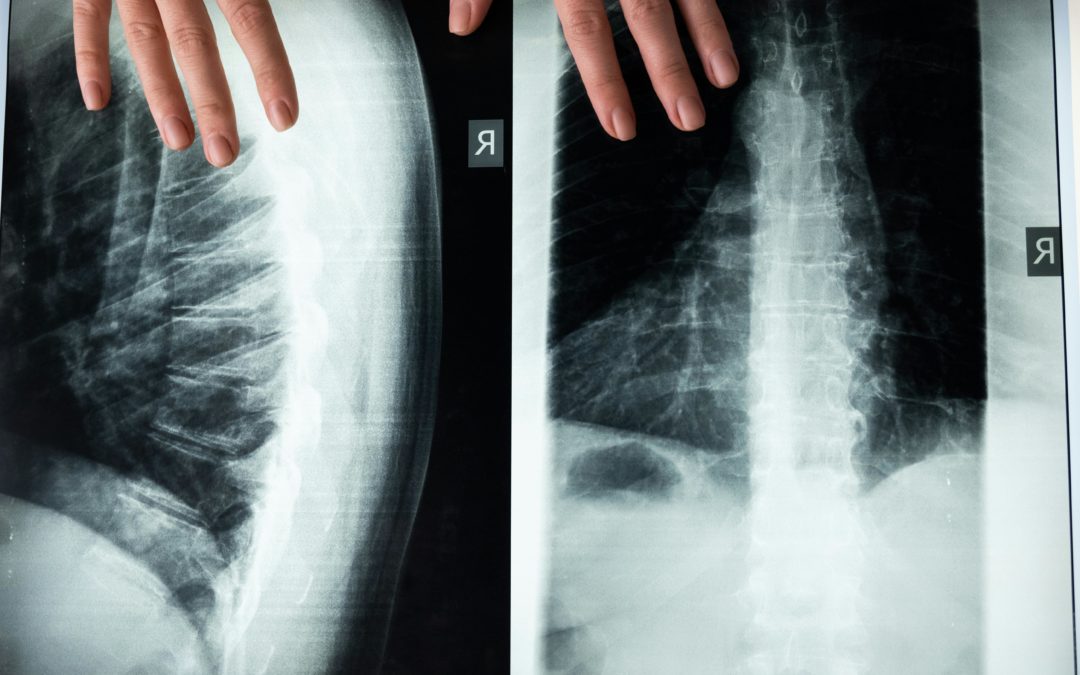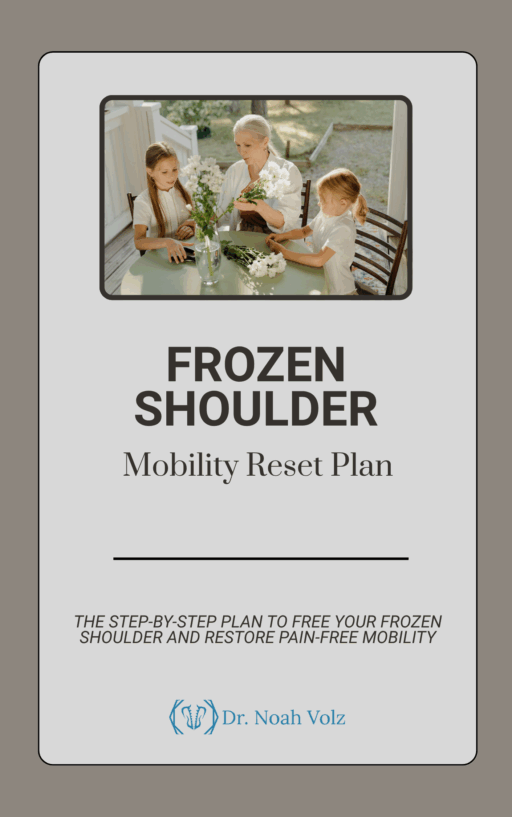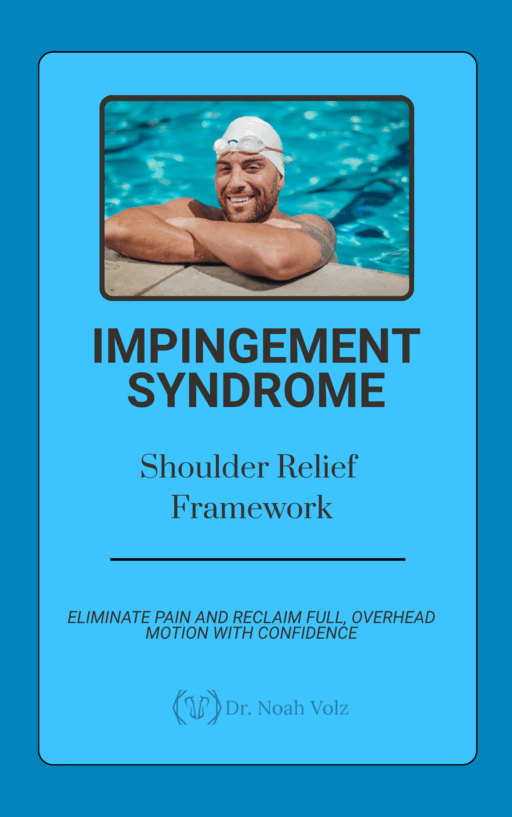Do you have low back pain that just won’t go away? Does your back feel weak or unstable, like it might “give out” at any moment? You might have a condition called spinal instability. This happens when the muscles and ligaments that support your spine aren’t working together like they should.
As a chiropractor in Ashland, OR, I’ve helped many patients with spinal instability find relief and get back to doing the things they love. In this post, we’ll explore what causes spinal instability, how to spot the signs and symptoms, and what you can do to fix it.
What is Spinal Instability?
Your spine is made up of bones called vertebrae that are stacked on top of each other. In between each vertebra is a cushiony disc that acts as a shock absorber. Your spine also has ligaments and muscles that help hold it together and allow it to move.
Spinal instability happens when the vertebrae move too much or in the wrong way. This can happen if:
• The muscles supporting your spine are weak or not working together properly
• The ligaments holding your vertebrae together are stretched out or torn
• The discs between your vertebrae are worn down or damaged
When your spine is unstable, it can’t handle the normal stresses and strains of daily life. This can lead to pain, stiffness, and other problems.
What Causes Spinal Instability?
There are many possible causes of spinal instability, including:
• Poor posture or body mechanics
• Lack of exercise or physical activity
• Repetitive motions or overuse injuries
• Trauma from a fall or car accident
• Conditions like arthritis or scoliosis
• Pregnancy and childbirth
Spinal instability is more common as we age and our muscles and ligaments naturally become weaker and less flexible.
What Are the Symptoms of Spinal Instability?
The symptoms of spinal instability can vary from person to person. Some common signs include:
• Low back pain that may spread to your hips, buttocks, or thighs
• Pain that feels better when you lie down and worse when you stand or walk
• Muscle spasms or a feeling of weakness in your back or core
• Feeling like your back is “giving out” or not supporting you
• Difficulty standing up straight or maintaining good posture
• Numbness, tingling, or weakness in your legs
If you have any of these symptoms, it’s important to see a healthcare provider who can evaluate your spine and determine if instability is the cause.
How is Spinal Instability Diagnosed?
To diagnose spinal instability, your provider will start by asking about your symptoms and medical history. Then they will do a physical exam to check your posture, flexibility, and muscle strength.
Some specific tests they may do include:
• Asking you to bend forward, backward, and side to side to look for abnormal movement or pain
• Checking to see if one of your legs appears longer than the other when lying down
• Feeling for tender points or muscle spasms in your back and hips
• Testing your reflexes and nerve sensations in your legs
In some cases, imaging tests like X-rays, MRIs, or CT scans may be needed to get a closer look at your spine and rule out other problems.
How Do You Fix Spinal Instability?
The good news is that spinal instability can usually be improved with a combination of chiropractic care, specific exercises, and lifestyle changes. Treatment options may include:
• Chiropractic adjustments to restore normal motion to your spine and pelvis
• Soft tissue therapies like massage or trigger point release to relax tight muscles
• Core strengthening exercises to support your spine and improve your posture
• Stretches to improve flexibility in your hips, hamstrings, and back muscles
• Recommendations for proper posture and body mechanics during daily activities
Your treatment plan will be tailored to your specific needs and goals. In most cases, a series of visits over several weeks or months is needed to retrain your muscles and ligaments and allow your spine to heal.
In addition to in-office care, there are things you can do at home to support your recovery:
• Practice good posture when sitting, standing, and walking
• Take frequent breaks from sitting or standing in one position
• Stay active with low-impact exercises like walking, swimming, or yoga
• Use proper lifting techniques and avoid heavy lifting when possible
• Maintain a healthy weight to reduce strain on your spine
With the right treatment approach and some patience, most people with spinal instability can find relief from pain and get back to enjoying their favorite activities.
The Bottom Line
Spinal instability is a common cause of low back pain and other symptoms that can make daily life a challenge. By understanding the causes and signs of instability, you can take steps to support your spine and prevent further problems.
If you’re dealing with chronic back pain or instability, don’t wait to get help. Schedule an appointment with a qualified healthcare provider who can diagnose the root cause of your symptoms and recommend a treatment plan. With the right care and support, you can find lasting relief and get back to living life on your terms.
References:
1. Cholewicki J, Juluru K, McGill SM. Intra-abdominal pressure mechanism for stabilizing the lumbar spine. J Biomech. 1999;32(1):13-17.
2. Kolar P, Sulc J, Kyncl M, et al. Postural function of the diaphragm in persons with and without chronic low back pain. J Orthop Sports Phys Ther. 2012;42(4):352-62.
3. Hicks GE, Fritz JM, Delitto A, et al. Preliminary development of a clinical prediction rule for determining which patients with low back pain will respond to a stabilization exercise program. Arch Phys Med Rehabil. 2005;86(9):1753-1762.
4. Tsao H, Hodges PW. Persistence of improvements in postural strategies following motor control training in people with recurrent low back pain. J Electromyogr Kinesiol. 2008;18(4):559-567.
5. McGill SM. Low back exercises: evidence for improving exercise regimens. Phys Ther. 1998;78(7):754-765.
Want to know what kind of back pain you have?
-

Bicep Tendon Pain Solution
$50.00 -

Brain Detoxification & Recovery System
$50.00 -

Brain Energy and Endurance Support System
$50.00 -

Brain-Based Movement and Motor Control Training
$50.00 -

Centralized Low Back Pain
$50.00 -

Cervical Radiculopathy: Neck and Nerve Relief Pathway
$50.00 -

Complex Low Back Pain
$50.00 -

Complex Radiating Low Back Pain
$50.00 -

Cross-Pattern Low Back Pain
$50.00 -

Frozen Shoulder Mobility Reset Plan
$50.00 -

Impingement Syndrome: Shoulder Relief Framework
$50.00 -

Mastering Brain Senses: Rebuild Your Hearing, Vision, and Body Awareness
$50.00













